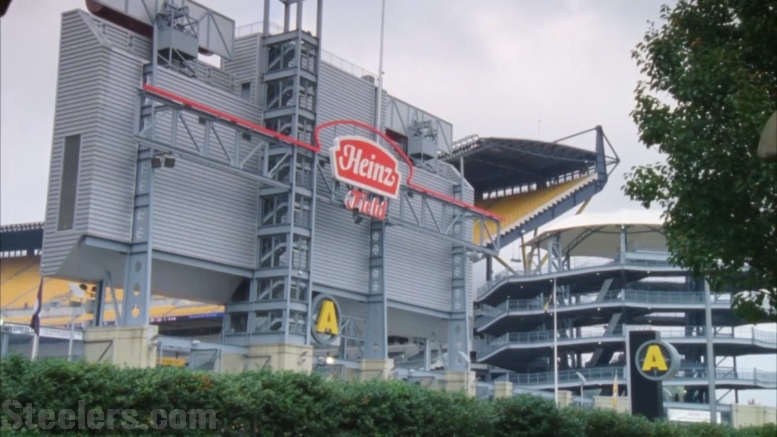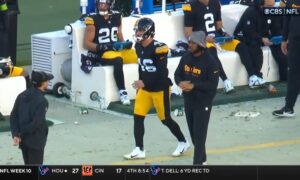The journey toward Super Bowl LII ended far too prematurely for the Pittsburgh Steelers, sending them into offseason mode before we were ready for it. But we are in it now, and are ready to move on, through the Combine, through free agency, through the draft, into OTAs, and beyond.
We have asked and answered a lot of questions over the years and will continue to do so, and at the moment, there seem to be a ton of questions that need answering. A surprise early exit in the postseason will do that to you though, especially when it happens in the way it did.
You can rest assured that we have the questions, and we will be monitoring developments all throughout the offseason process, all the way down to Latrobe. Pending free agents, possible veteran roster cuts, contract extensions, pre-draft visits, pro days, all of it will have its place when the time arises.
Question: Why was the Steelers’ red-zone defense at home so bad last season?
We talked recently about the fact that the Steelers’ red-zone defense as a whole had unexpectedly taken a step back last season from being among the best in the league in 2016 to among the worst in the league the following year.
One of the clear reasons for that negative trend was the that they performed terribly at Heinz Field. It actually wasn’t a problem on the road. In fact, the Steelers had the fifth-best red-zone defense when they were on the road, only allowing a touchdown on just under 41 percent of their opponents’ red-zone possessions. Only the Jaguars, Seahawks, Falcons, and Chargers did better on the road, and all four of those teams were also in the top seven overall.
Yet when you look at the Steelers’ home red-zone defense, it is not just astronomically higher than the road numbers; it’s simply astronomical in general. Visiting teams had their way with the Steelers at Heinz Field, scoring on an astonishing 88.24 percent of their red-zone possessions, and that climbs up to 90.91 percent if you include the postseason.
Seriously?
It’s almost hard to believe it’s possible for the red-zone defense to have been so bad at home, where normally you would expect the crowd to be an advantage. Only 12 other teams performed at a worse percentage at home than on the road, and virtually all the other teams would be well within the margin of statistical significance. Pittsburgh did twice as bad at home.
Some of it is a relatively small sample size. They only faced 17 red-zone possessions during the regular season, but they allowed an unconscionable 15 of them into the end zone. If you add in the playoff loss at home, then it’s 20 out of 22 red-zone possessions. Yet they also had 22 red-zone possessions on the road, and only allowed nine of those to be converted into touchdowns.








